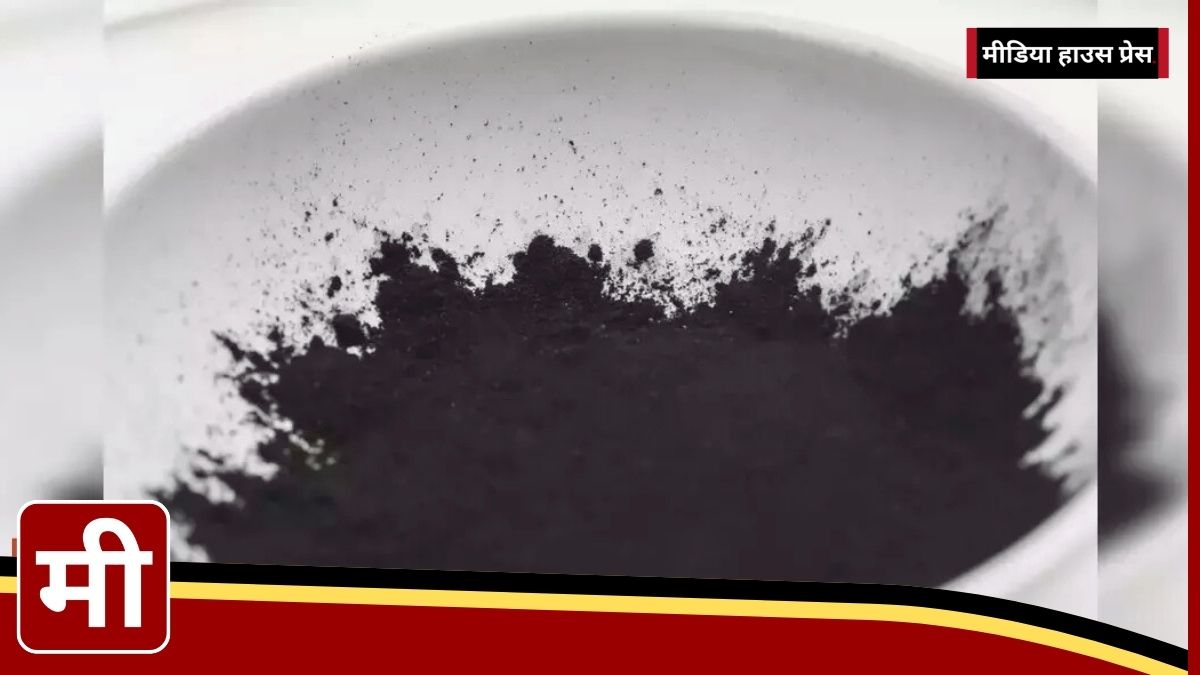What is Kajal?
Kajal, often referred to as anjan, is a natural black eye cosmetic made from simple ingredients. For centuries, it has been used across various cultures for its beautifying properties and medicinal benefits. Traditionally, kajal is prepared by burning oil or fat and collecting the soot—a method passed down through generations. This beloved product not only adds allure to the eyes but also protects them from harsh sunlight and dust.
The Significance of Kajal During Diwali
Cultural Importance
In many Indian households, making and applying kajal during Diwali is a beloved ritual. It is viewed as a means to ward off negativity and attract positivity into our lives. This process often becomes a joyous family affair, where members gather to prepare kajal, strengthen relationships, and create lasting memories.
Symbol of Light
Kajal also represents the victory of light over darkness, which is the central theme of Diwali. It is believed to protect against the “evil eye,” providing a shield that brings good fortune and positivity. In this way, kajal becomes a small but meaningful symbol of hope and safety.
Celebrating Beauty
Historically, kajal has been used to enhance beauty. During Diwali, many people choose to adorn themselves with this homemade cosmetic, complementing their festive attire. The ritual of applying kajal contributes to the overall celebratory spirit of the festival.
Connecting with Heritage
Making kajal at home allows us to connect with our ancestors and their cultural practices. It honors our traditions and helps us pass down the flame of our heritage to future generations.
How to Make Kajal at Home
Creating your own kajal can be a rewarding experience. Here’s a simple step-by-step guide:
Required Ingredients
- Ghee or Mustard Oil: 2 tablespoons
- Cotton Wicks: 2-3 pieces
- Clay Diya: 1
- Steel Plate or Bowl: For collecting the kajal
- Spoon: For mixing
- Filter Cloth or Muslin Cloth: For straining (optional)
Step-by-Step Guide
Step 1: Prepare Your Workspace
Start by cleaning your workspace. Lay down a newspaper or cloth to prevent any spills and gather all your materials.
Step 2: Set Up the Diya
- Fill the Diya: Pour ghee or mustard oil into the diya until it is about three-quarters full.
- Insert the Wick: Place the cotton wick in the diya, ensuring it soaks up the oil while leaving part of it exposed for lighting.
Step 3: Light the Diya
- Ignite the Wick: Carefully light the exposed wick. The flame should be steady, but not too high.
- Placement: Position the diya on a stable surface where it can burn safely. As it burns, soot will begin to accumulate.
Step 4: Collect the Soot
- Position the Plate: Place a steel plate or bowl above the flame at a safe distance.
- Scrape the Soot: After about 10-15 minutes, you will notice a black residue forming. Gently scrape the soot using a spoon and collect it in a clean bowl. You can repeat this process until you have enough kajal.
Step 5: Store the Kajal
- Optional Filtering: If you prefer a finer consistency, strain the collected soot through a filter cloth to remove larger particles.
- Storage: Store the finished kajal in a small glass jar or an airtight container to keep it safe.
Step 6: Application
Use a clean applicator or your fingers to apply kajal. Gently apply it to your waterline, and for a smoky effect, you can also use it on your eyelids. Remember to wash your hands before application to ensure cleanliness.
Embracing Tradition
Making kajal for Diwali is more than just a beauty routine; it celebrates our cultural heritage and serves as a way to bring families closer. The act of crafting kajal connects us to our roots, allowing us to appreciate the significance of this beautiful tradition. By using natural ingredients, we honor a practice that has been cherished for generations while ensuring the health and safety of our eyes.
As you prepare for this Diwali, take the time to create your own kajal. Enjoy the process, celebrate its significance, and wear it with pride as you illuminate your home and heart this festive season. Wishing you a vibrant and joyous Diwali!


